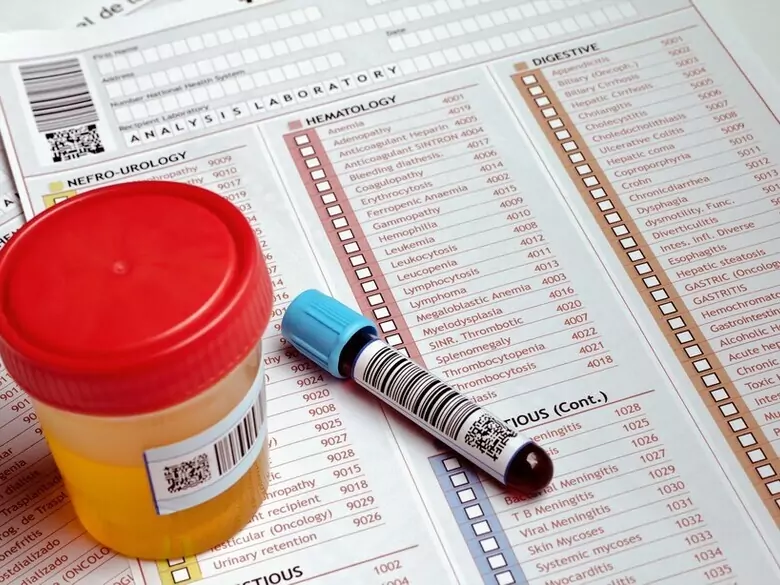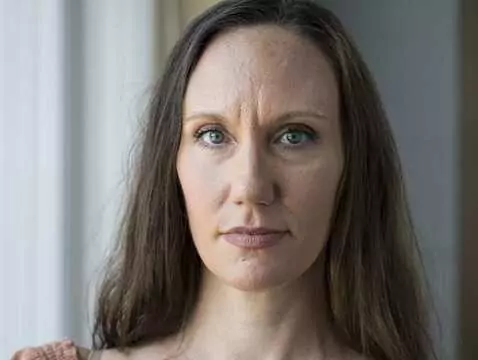The most important endocrinological aspects of the menopause are presented.
At reproductive age, the main estrogen in women is 17-beta oestradiol (E2). It is formed in 95% in the granulosa cells of the ovaries, in small amounts also in the adrenal glands, in addition, by conversion in peripheral tissues, mainly adipose, from testosterone and estrone (E1). The concentration of E2 varies depending on the phase of the cycle from 40-400pg/ml, while after menopause it usually drops below 30pg/ml. Estrogens are transported in plasma mainly bound to steroid hormone-binding globulin, to a lesser extent to albumin, and only 2-3% occurs in unbound form. The main metabolite of E2 is E1 formed by the transformation of the D ring of the E2 molecule, which has 5-10 times less biological activity than E1. It is synthesised de novo in the ovary in small amounts and is mostly derived from peripheral conversion from androstendione, as well as from 3-estrone sulphate, which is formed from E2 in the liver.
The weakest-acting estrogen is estriol (E3), which is virtually all a product of the matabolisation of E2 and E1. Hydroxylation of estrogen molecules at position 2 or 4 of the ring leads to the formation of catecholestrogens, which are active metabolites . Among other things, catecholestrogens influence the secretion of the neurohormone GnRH, which acts in the hypothalamus to release gonadotropins from the pituitary gland. In the liver, E2 and E1 and their matabolites are conjugated with glucuronic or sulphuric acid and are excreted in this form in the urine or bile, while some are reabsorbed from the gastrointestinal tract into the blood.
The hormonal changes of perimenopause and then postmenopause are characterised by progesterone deficiency, a gradual decrease in estrogen concentrations, a gradual increase in gonadotropins and a decrease in inhibin concentrations. Under conditions of E2 deficiency, the secretion of gondotropins, mainly FSH, which reaches blood levels above 30 mIU/ml, is increased by negative feedback. FSH stimulates the atrophic ovary to produce hormones, mainly androstendione and testosterone which are substrates for extra-glandular aromatisation to oestrogens.The primary oestrogen is then E1, it is mainly formed by aromatisation of ovarian and adrenal androstendione in adipose tissue, liver, skin and other tissues . However, E1 concentrations are lower than at childbearing age and do not protect against the appearance of clinical and metabolic symptoms of estrogen deficiency.
In addition to the hormonal changes typical of the menopausal period, a decreased secretion of: dehydroepiandrosterone (DHEA) by the adrenal glands (adrenopause), growth hormone (GH), insulin-like growth factor-1 (IGF-1) (somatopause), and melatonin is observed with age. Production of androgens, mainly androstendione and testosterone, also decreases. The sensitivity of peripheral tissues to insulin also decreases and insulin resistance with secondary hyperisnulinaemia may occur, especially in obese women. The hormonal changes described contribute to a number of metabolic changes that accelerate degenerative processes in the organs and are associated with ageing of the body. Women are then exposed to the consequences of oestrogen deficiency and the associated reduced quality of life.









